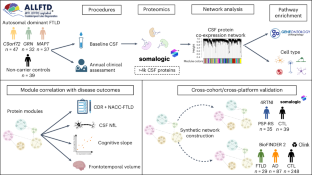2025-06-11 ニューヨーク大学(NYU)
<関連情報>
- https://www.nyu.edu/about/news-publications/news/2025/june/what-s-in-a-name–new-research-catalogues-how-birds-are-categori.html
- https://journals.plos.org/plosone/article?id=10.1371/journal.pone.0325890
鳥類分類のデータベース: 世界中の鳥の英語名を記述的に分類したデータベース AvianLexiconAtlas: A database of descriptive categories of English-language bird names around the world
Erin S. Morrison,Guinevere P. Pandolfi,Stepfanie M. Aguillon,Jarome R. Ali,Olivia Archard,Daniel T. Baldassarre,Illeana Baquero,Kevin F. P. Bennett,Kevin M. Bonney,Riley Bryant,Rosanne M. Catanach,Therese A. Catanach,Ida Chavoshan, [ … ],Allison J. Shultz
PLOS One Published: June 11, 2025
DOI:https://doi.org/10.1371/journal.pone.0325890
Abstract
Common names of species are important for communicating with the general public. In principle, these names should provide an accessible way to engage with and identify species. The common names of species have historically been labile without standard guidelines, even within a language. Currently, there is no systematic assessment of how often common names communicate identifiable and biologically relevant characteristics about species. This is a salient issue in ornithology, where common names are used more often than scientific names for species of birds in written and spoken English, even by professional researchers. To gain a better understanding of the types of terminology used in the English-language common names of bird species, a group of 85 professional ornithologists and non-professional contributors classified unique descriptors in the common names of all recognized species of birds. In the AvianLexiconAtlas database produced by this work, each species’ common name is assigned to one of ten categories associated with aspects of avian biology, ecology, or human culture. Across 10,906 species of birds, 89% have names describing the biology of the species, while the remaining 11% of species have names derived from human cultural references, human names, or local non-English languages. Species with common names based on features of avian biology are more likely to be related to each other or be from the same geographic region. The crowdsourced data collection also revealed that many common names contain specialized or historic terminology unknown to many of the data collectors, and we include these terms in a glossary and gazetteer alongside the dataset. The AvianLexiconAtlas can be used as a quantitative resource to assess the state of terminology in English-language common names of birds. Future research using the database can shed light on historical approaches to nomenclature and how people engage with species through their names.


